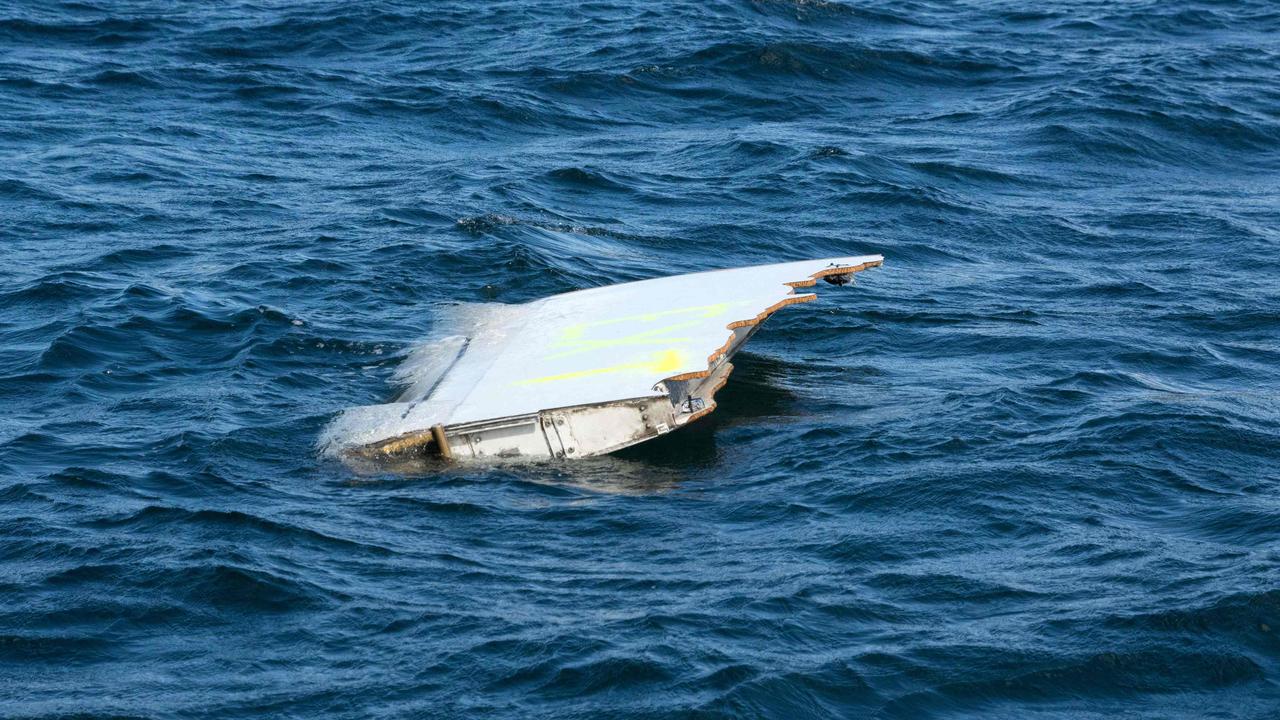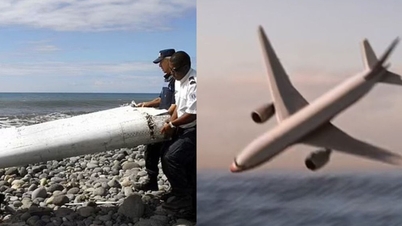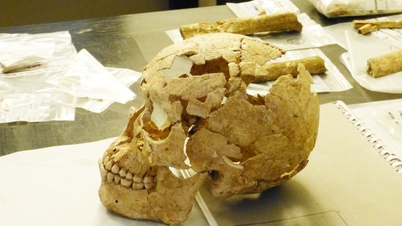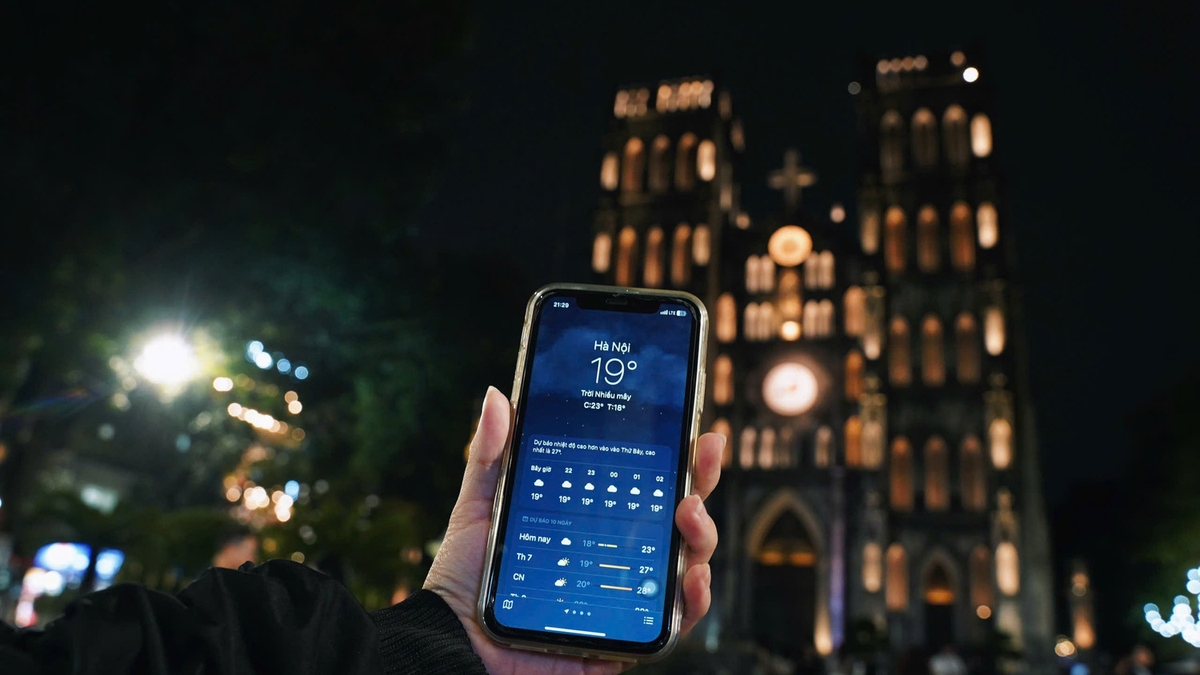
Debris believed to be from missing plane MH370
SCREENSHOT THE AUSTRALIAN
The Telegraph reported on June 18 that British scientists have just discovered a signal that could help solve the mystery of the missing Malaysia Airlines flight MH370.
Researchers at Cardiff University (Wales) analyzed data from underwater microphones, capturing a 6-second signal recorded around the time the plane is believed to have crashed into the Indian Ocean.
They have proposed further tests to determine whether the final sounds could help pinpoint the resting place of the Boeing 777, which has been missing since March 8, 2014, when it vanished with 239 people on board.
A 200 ton plane falling at 200 meters per second would release the same amount of kinetic energy as a small earthquake. This would be large enough to be picked up by microphones thousands of kilometers away.
There are two hydroacoustic stations capable of detecting such signals, one at Cape Leeuwin in Western Australia and the other at the British territory of Diego Garcia in the Indian Ocean.
They were built as part of the Comprehensive Nuclear-Test-Ban Treaty monitoring regime. Both stations were operational around the time MH370 is believed to have crashed into the Indian Ocean.
In their research, the Cardiff University team identified a signal that matched the timeframe the plane may have crashed into the sea, recorded at the Cape Leeuwin station.
According to Dr Usama Kadri at Cardiff University, further research could solve the mystery of MH370, similar to how the Argentine navy submarine ARA San Juan was found on the seabed a year after an explosion sent it plummeting into the depths of the South Atlantic on November 15, 2017.
Source: https://thanhnien.vn/bat-ngo-phat-hien-tin-hieu-co-the-giup-tim-thay-may-bay-mh370-185240618064354471.htm



![[Photo] Party Committees of Central Party agencies summarize the implementation of Resolution No. 18-NQ/TW and the direction of the Party Congress](https://vphoto.vietnam.vn/thumb/1200x675/vietnam/resource/IMAGE/2025/10/27/1761545645968_ndo_br_1-jpg.webp)
![[Photo] National Assembly Chairman Tran Thanh Man receives Chairman of the House of Representatives of Uzbekistan Nuriddin Ismoilov](https://vphoto.vietnam.vn/thumb/1200x675/vietnam/resource/IMAGE/2025/10/27/1761542647910_bnd-2610-jpg.webp)


![[Photo] The 5th Patriotic Emulation Congress of the Central Inspection Commission](https://vphoto.vietnam.vn/thumb/1200x675/vietnam/resource/IMAGE/2025/10/27/1761566862838_ndo_br_1-1858-jpg.webp)





































































































Comment (0)